Click on any image for slide show, or scroll down for illustrated narrative.
We left San Martín at 07.30 on a promising day, with clear blue sky, no wind and no hint of rain. Our aim was to find a place on the road between Junín and Aluminé called Newen Hue, which Scarlett had visited some years earlier and where she had seen Torrent Ducks. Our COA (birding association) is working with other local authorities on a survey of this species and we hoped to provide a few more pieces in the jigsaw. In fact, we were unsuccessful in this but we did have a great birding day anyway.
We stopped in Junin to fuel the jeep with petrol and ourselves with croissants. We then took the road to Tromen, and within a couple of miles had our first thrill: a juvenile Black-chested Buzzard-Eagle perched up on a telephone post by the side of the road. We must have spent ten minutes enthusing over this majestic bird just a dozen metres away, who seemed quite unfazed by our presence even when we got out of the jeep and walked to under his perch. A privileged moment.
Eventually we drove on and within a hundred metres or so, perched on another telephone post, we found a Red-backed Hawk, again a juvenile, with beautiful plumage. He was just as nonchalant as the Black-chested Buzzard-Eagle we had just seen. The Mapuche people know this bird as Ñanco, and it’s said that if you see a ñanco’s white chest it will bring you good luck. It was clearly going to be a good day!
Eventually we moved on, but again, within another hundred metres or so, we found an American Kestrel sitting on the phone line. These are colourful little birds and beautiful to watch. I only managed to get off one shot (not quite in focus) before she flew away, but we did see a few more of these little hunters during the day.
Restarting the engine of the jeep I could see couple of largish birds in the road ahead, picking away at some road kill. As we got closer we could see that they were an adult and two juvenile Southern Caracara, the young birds with their beaks still not fully formed, probably last year’s hatch. They are rather arrogant birds (I anthropomorphise, I fear), and strutted around long enough for us to get a few decent shots.
There were also a few Chimango caracaras around (when aren’t there?), to add to our growing big bird collection. The one pictured here was shot elsewhere as I didn’t bother to take a shot at the time, what with them being such common birds (I have several nesting in my garden).
All these big birds, and our trip had hardly started. I commented to Scarlet that all we needed now was a couple of Condors. We did see some too, but later in the day (see below).
Our journey didn’t work out quite as planned as we never found the place (Newen Hue) that we were looking for. The name Newen Hue is Mapuche (or more properly Mapudungun, which comes from mapu ‘earth, land’ and dungun ‘ speak, speech’). Newen Hue means something like ‘strong place’, a part of the river where the water runs fierce. But we didn’t find it. When we reached Rauhue we decided not to go on to Aluminé but instead to go along to Lake Quillén. I had been there many years ago, visiting the Lagos Marmol home with its spectacular views across the Quillén lake and valley, and was keen to revisit.
As luck had it, on the Quillén road we soon met up with a guardafauna pickup driven by Marta Bachmann, a provincial guardafauna rather than from Parque Nacional Lanin. We chatted awhile. She had done some research on Torrent Ducks and told us of a few places along the Quillen river where she had seen them in the past, although not recently. She had not heard of Newen Hue, but a policeman at the caminera said there was a place of that name along the Quillén Road. We never found that either, and although the places indicated by Marta looked promising we saw no ducks. We did see a faeces-splattered rock that looked auspicious, but didn’t have time for more than a cursory investigation of the river course.
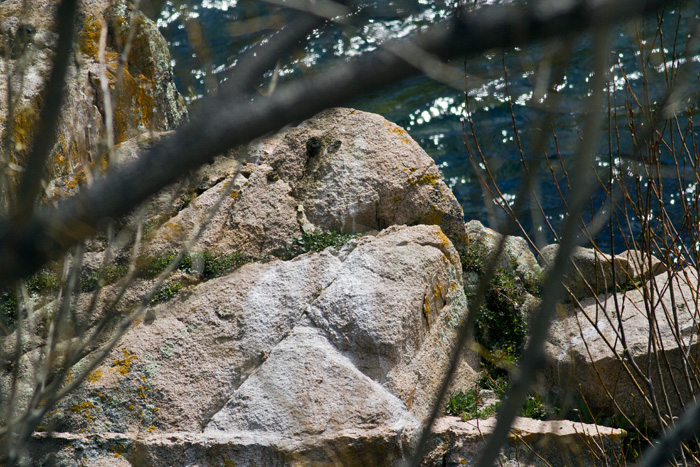
Here we can see the white marks of faeces, very possibly of a torrent duck. This was taken some 5 kms along the road to Quillen from Rauhué.
But I am taking things out of turn. We had stopped off earlier at Pilo Lil, a spectacular collection of rock formations on the top of a mountain where neolithic and (later) C9th century indigenous peoples used to meet. There are allegedly cave/wall paintings there too, but we couldn’t find any evidence.
We had our lunch here, and then a very good and a very bad thing happened. Simultaneously. Very unusually I had taken off my long lens, the only lens I ever really use, to take some closeups of rock formations. Out of the blue, a pair of Condors appeared and proceeded to circle three or four metres above us, clearly curious as to what we were and what we were up to. And my long lens was in the car, three hundred metres away.
I shot a couple of ineffectual photos with my macro lens, why I’m not quite sure but I guess I was in shock. Then made my way to the car, not running so as not to scare the condors. By the time I got there and changed lenses the birds were leaving, but I did manage to get a couple of shots – not what I would have wanted, given the proximity, but certainly worth shooting. My son always joshes me that I permanently complain about ‘having the wrong lens on’, but this time it really was the case.
After the condor episode we walked around the mountain top for a while. Suddenly overhead flew a unequivocal peregrine falcon which Scarlett saw disappear into a crevice in the rock face. She then saw a pair of peregrines emerge, circle and return into the crevice. We walked around to a better viewpoint and found the nest, but never saw the peregrines again.
A little to the right of the peregrine’s nesting bowl a black-faced ibis had decided to nest. I couldn’t help feeling little sorry for the poor bird, in such an exposed spot, but she had chosen a site where the sun warmed the rock face so I suppose all was not bad for her. And I must stop anthropomorphising.
For the record, to get to Pilo Lil we crossed Arroyo Rancahue (marked on Google maps) on the road between Junín and Rauhué and then we turned right off the provincial route and up a steep hill for about 5 Kms. Very well worth the side trip.

On the left the provincial route from Junín to Aluminé and on the right the spiralling ascent to Pilo Lil
Finally, the day’s listing, in order of appearance. We saw some of these birds on a number of occasions.
1. Tero (Vanellus chilensis) Eng. Southern lapwing
2. Chimango (Milvago chimango) Eng. Chimango caracara
3. Jote Cab Negra (Coragyps atratus) Eng. Black vulture
4. Carancho (Caracara plancus) Eng. Southern caracara
5. Tordo Renegrido (Molothrus bonariensis) Eng. Shiny cowbird (male and female, on various cables and bushes)
6. Pico de Plata (Himenops perspicillata) Eng. Spectacled tyrant male and female seen in the bushes
7. Zorzal Patagónico (Turdus falklandicus) Eng. Austral Thrush
8. Loica (Sturnella loyca) Eng. Long-tailed meadowlark (male and females, numerous)
9. Cabecita Negra (Carduelis barbata) Eng. Black-chinned siskin
10. Aguilucho Común o Ñanco (Buteo polyosoma) Eng. Variable or red-backed hawk
11. Águila Mora (Geranoetus melanoleucus) Eng. Black-chested buzzard eagle
12. Halconcito Colorado (Falco sparverius) Eng. American Kestrel
13. Diuca común (Diuca diuca) Eng. Diuca Finch
14. Ratona común (Troglodytes aedon) Eng. Grass wren
15. Codorniz californiana (Callipepla californica) Eng. Californian Quail
16. Remolinera Común (Cinclodes fuscus) Eng. Bar-winged or Buff-winged Cinclodes
17. Torcaza (Zenaida auriculata) Eng. Eared dove
18. Cauquén Común (Chloephaga picta) Eng. Upland or Magellan goose
19. Sobrepuesto (Lessonia rufa) Eng. Austral negrito
20. Cauquén Real (Chloephaga poliocephala) Eng. Ashy-headed goose
21. Golondrina Patagónica (Tachycineta leucopyga) Eng. Chilean swallow
22. Carpintero Pitío (Colaptes pitius) Eng. Chilean Flicker
23. Golondrina barranquera (Nothiochelidon cyanoleuca) Eng. Blue-and-white swallow
24. Pato Maicero (Anas georgica) Eng. Yellow-billed or Brown Pintail
25. Diucón (Xolmis pyrope) Eng. Fire-eyed Diucon
26. Halcón Peregrino (Falco peregrinus) Eng. Peregrine falcon
27. Bandurria (Theristicus caudatus melanopis) Eng. Black-faced ibis
28. Condor andino (Vultur gryphus) Eng. Condor
As always, many thanks to Scarlet Eastman for recording and compiling the listing so efficiently.
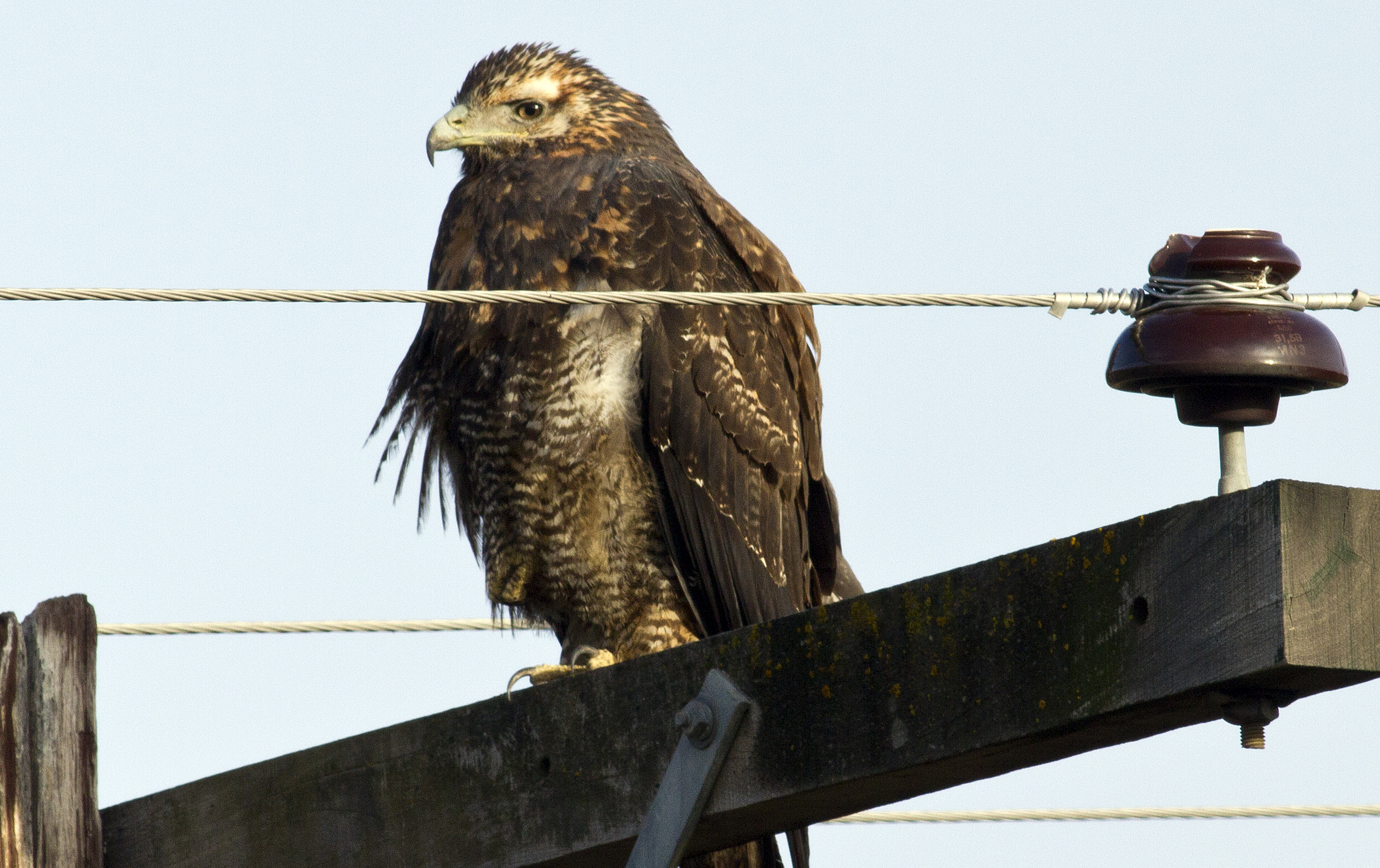
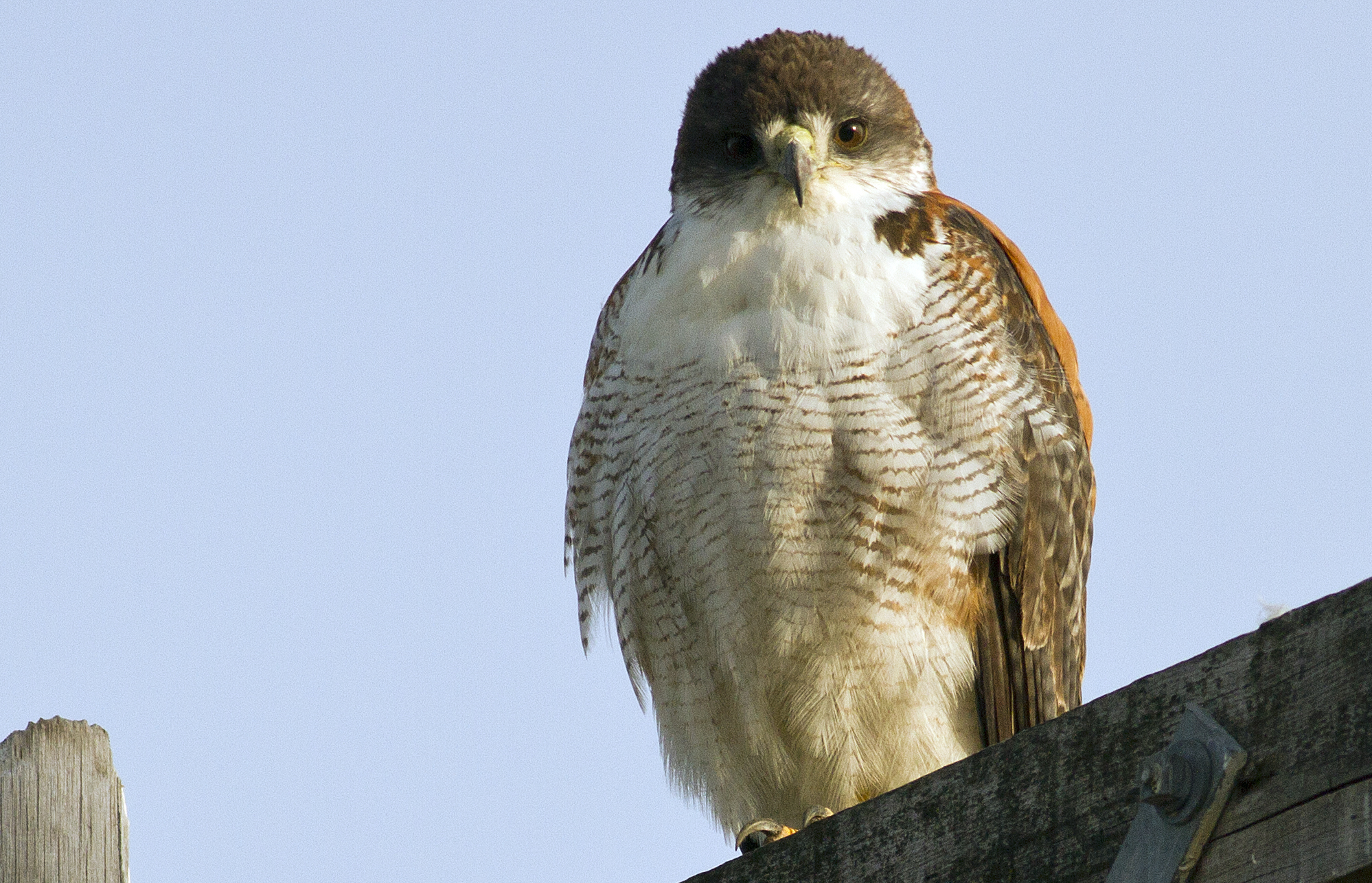
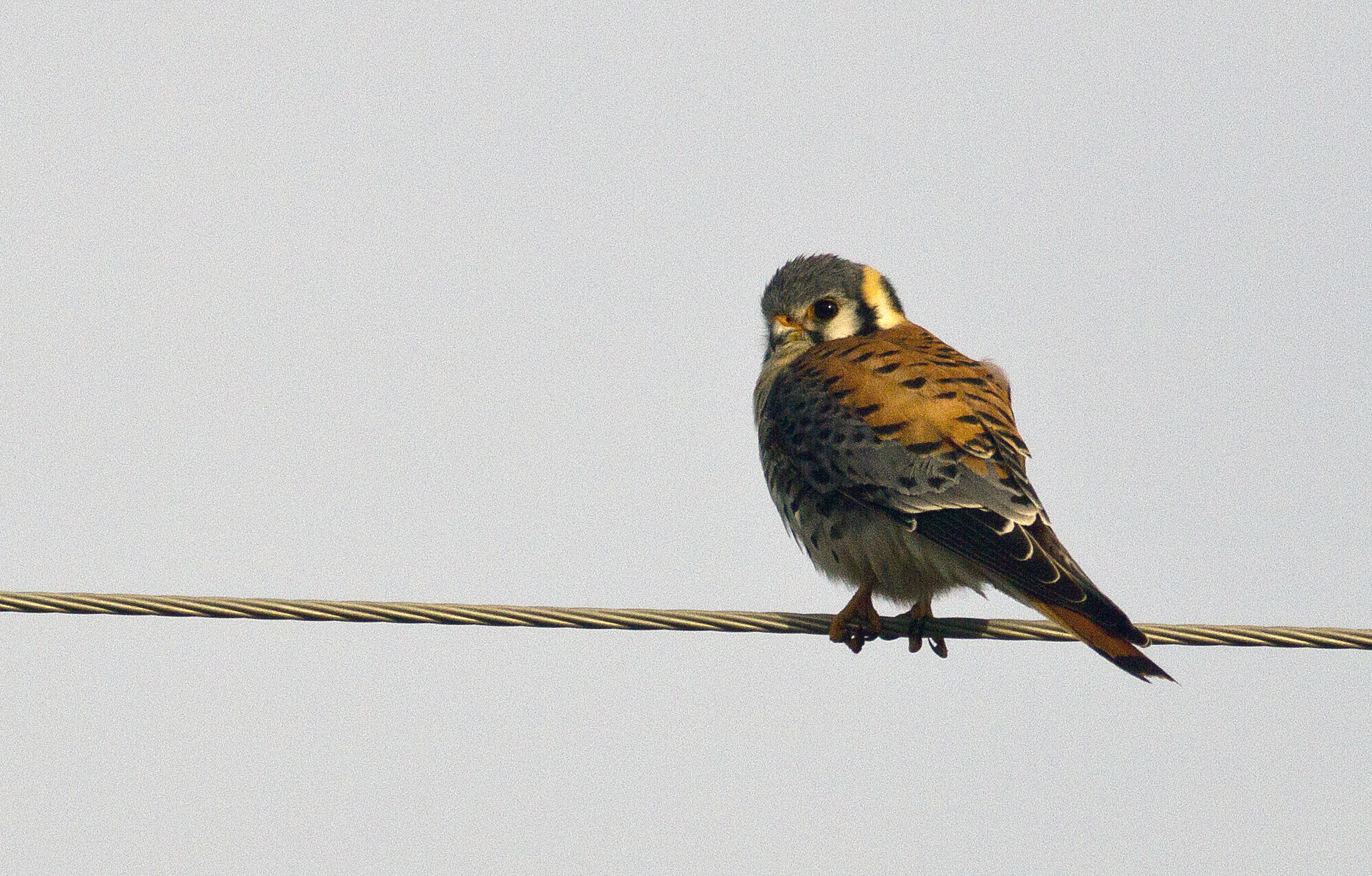
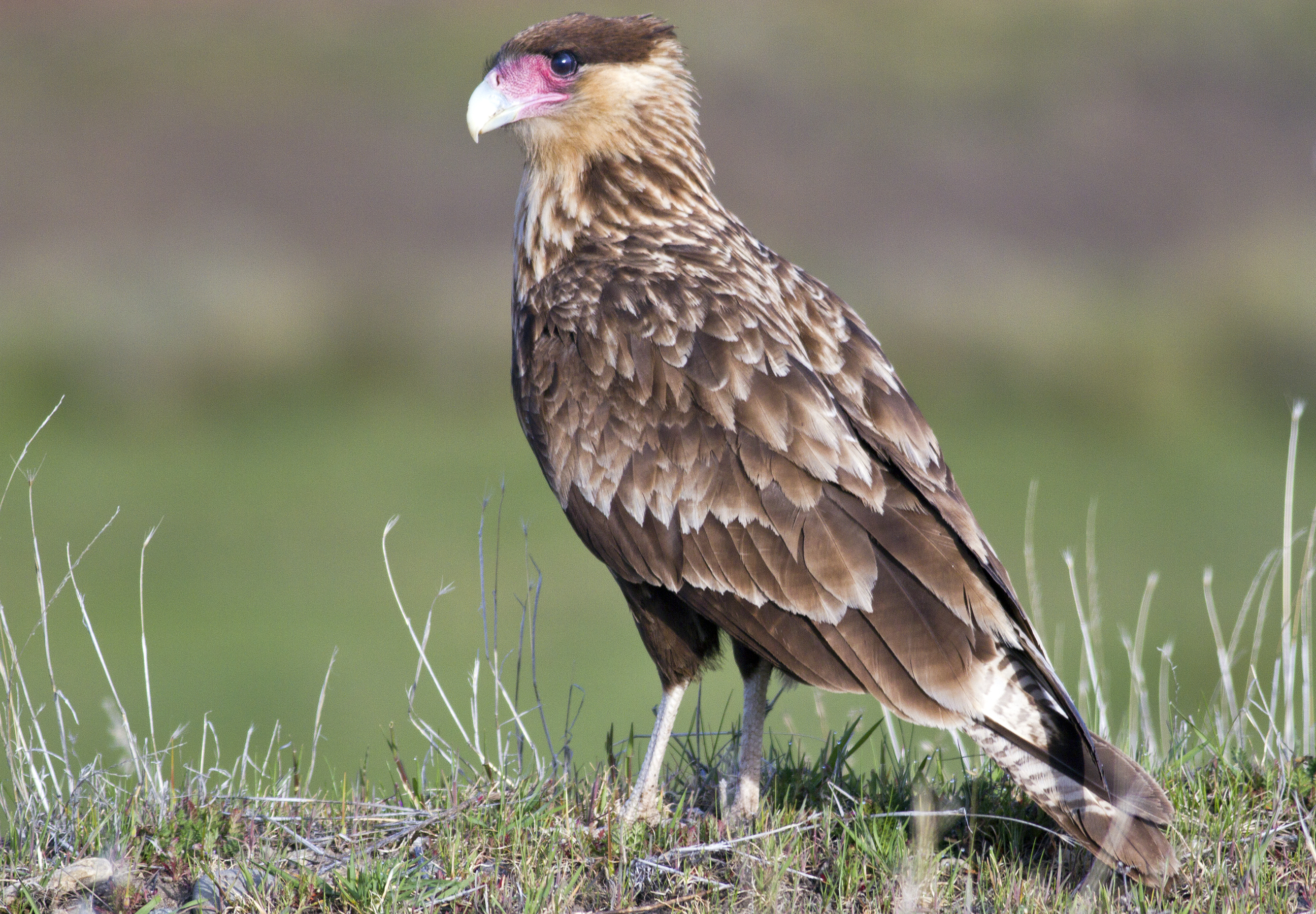
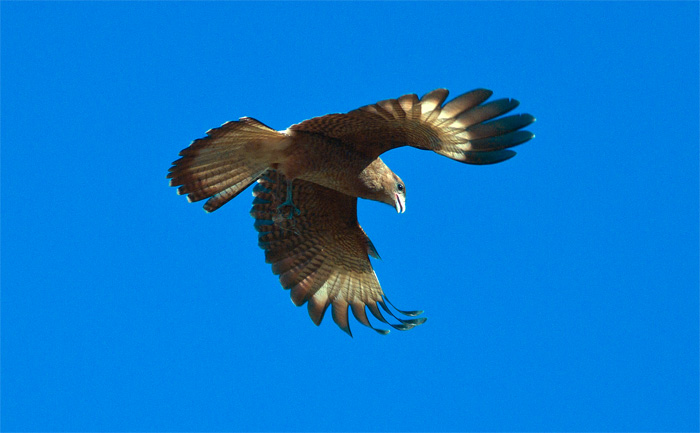
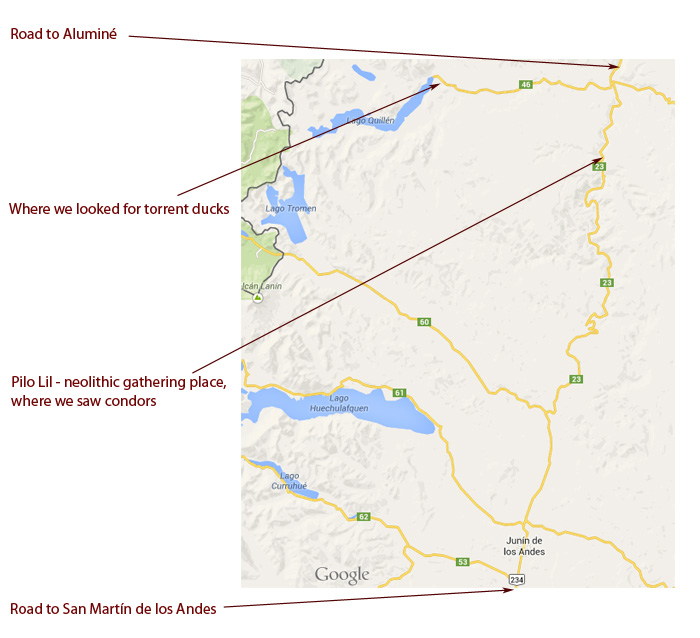
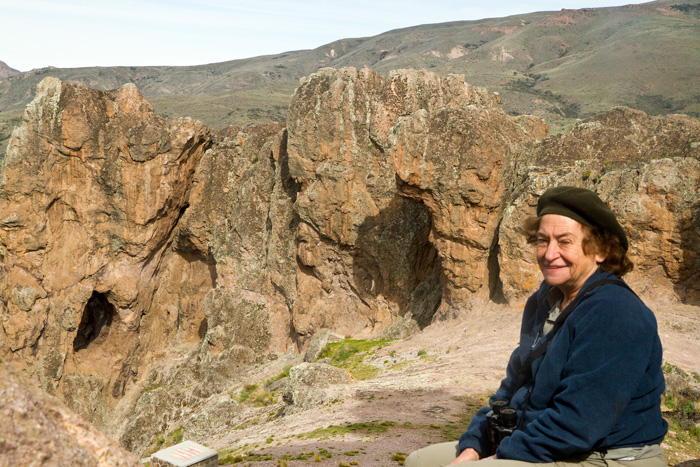
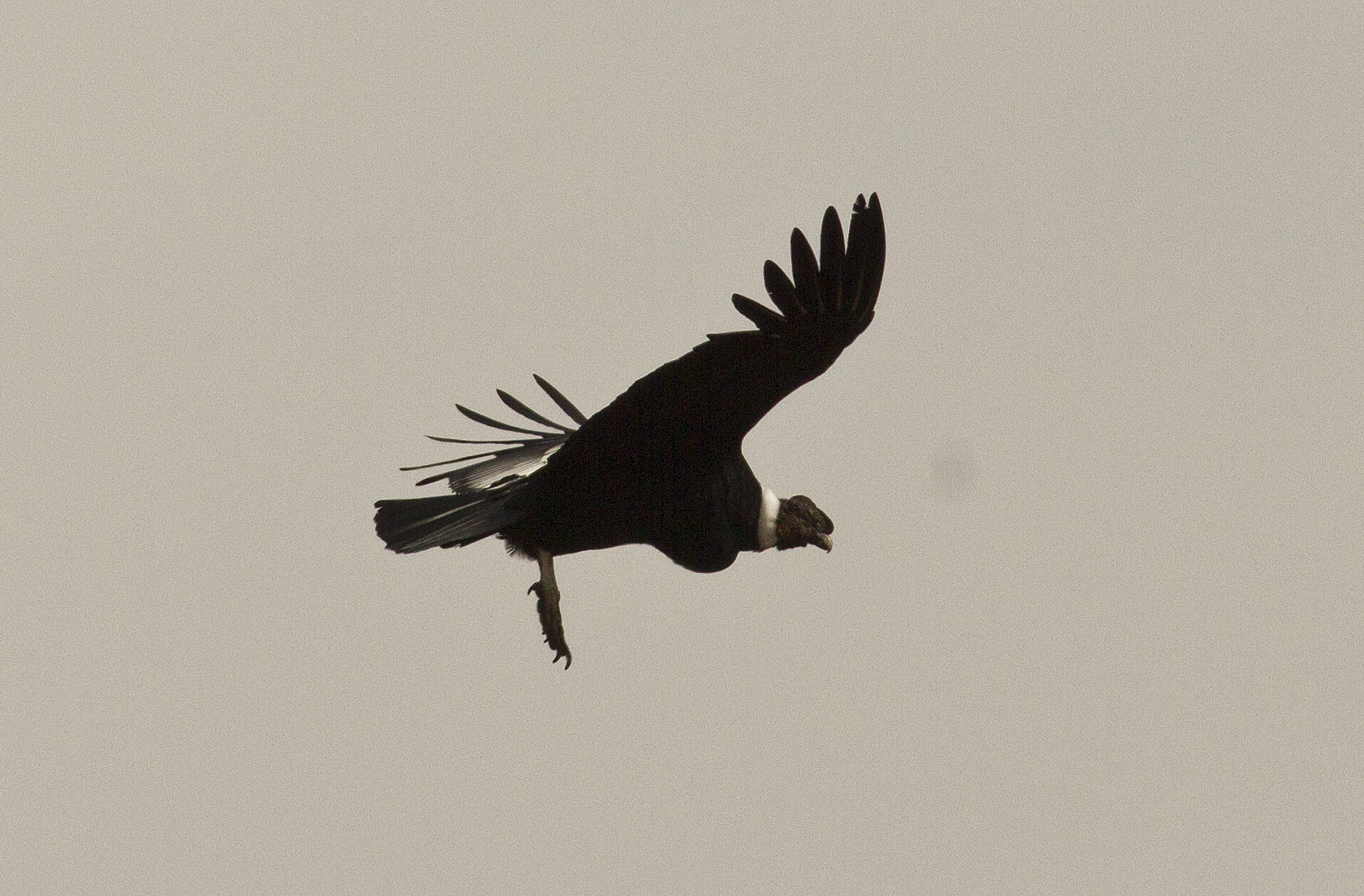
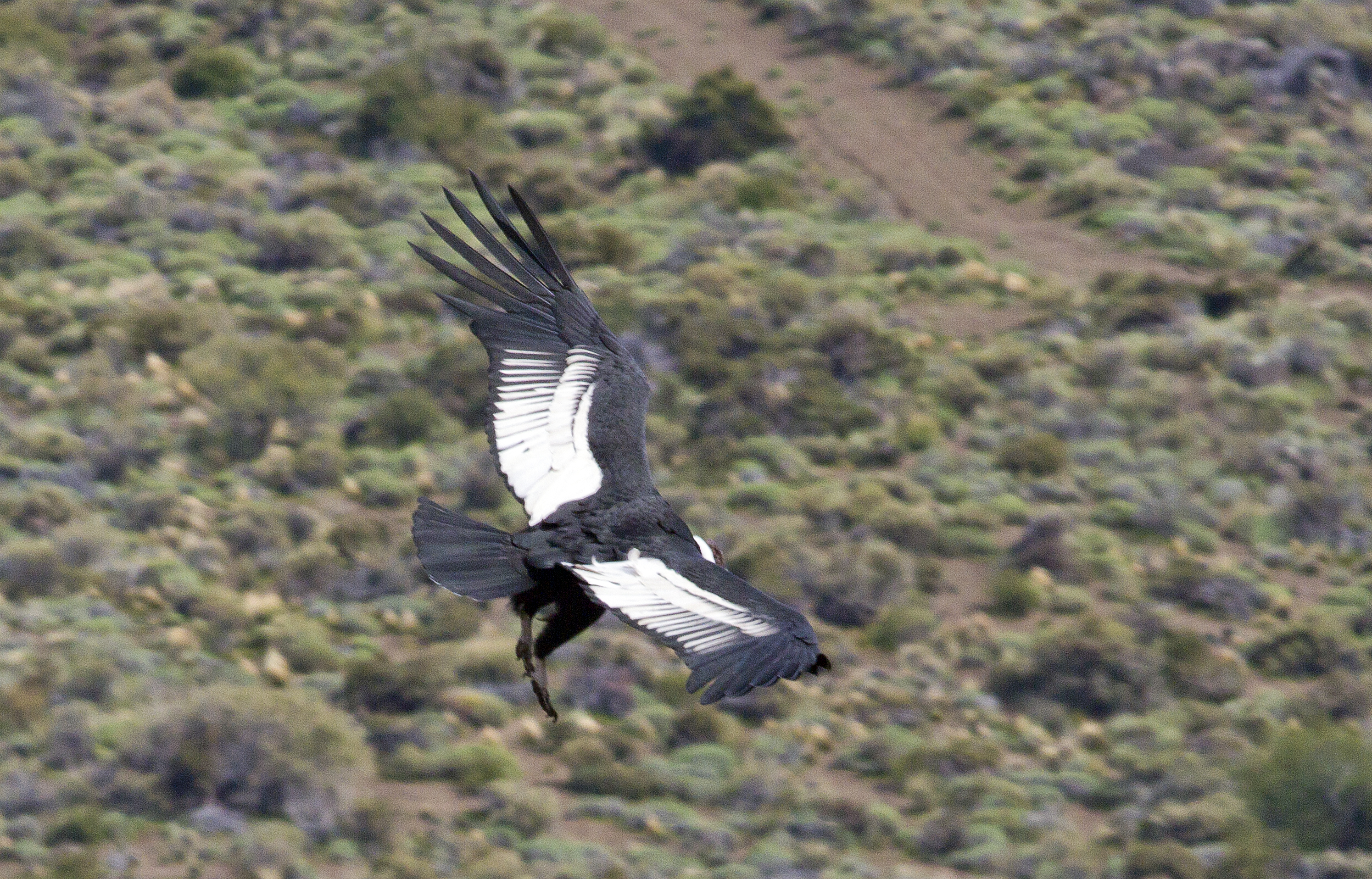
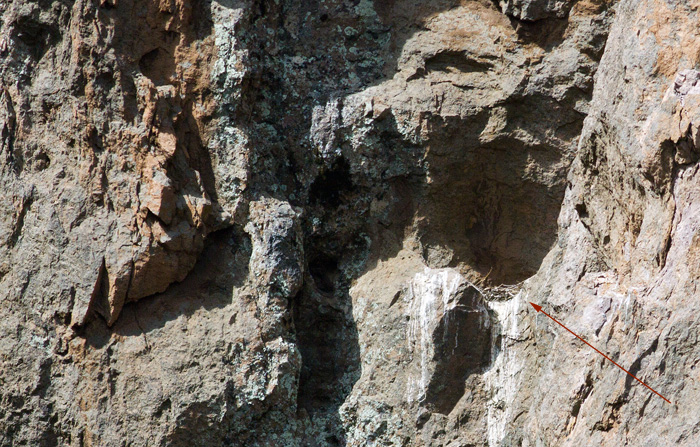
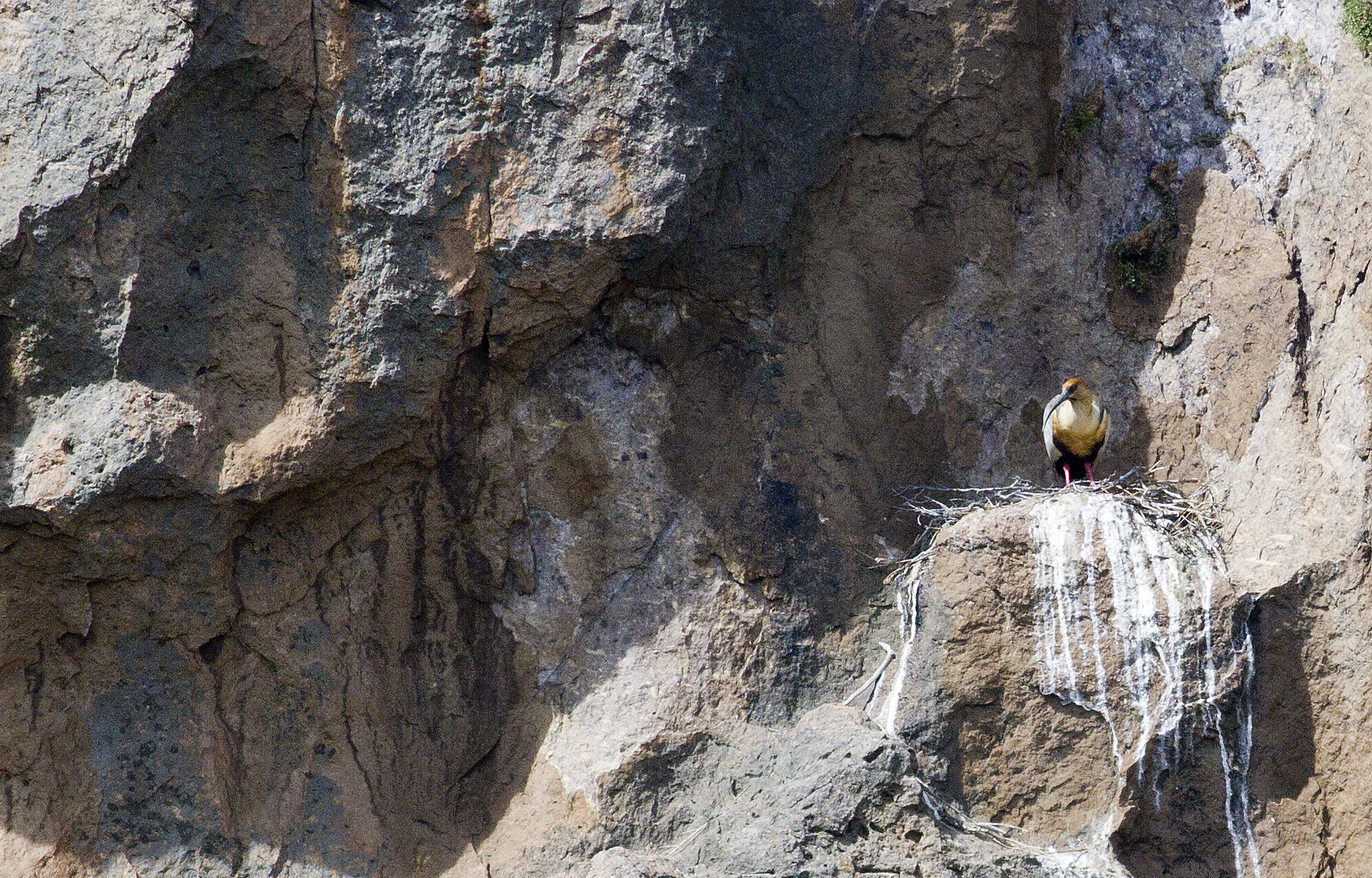
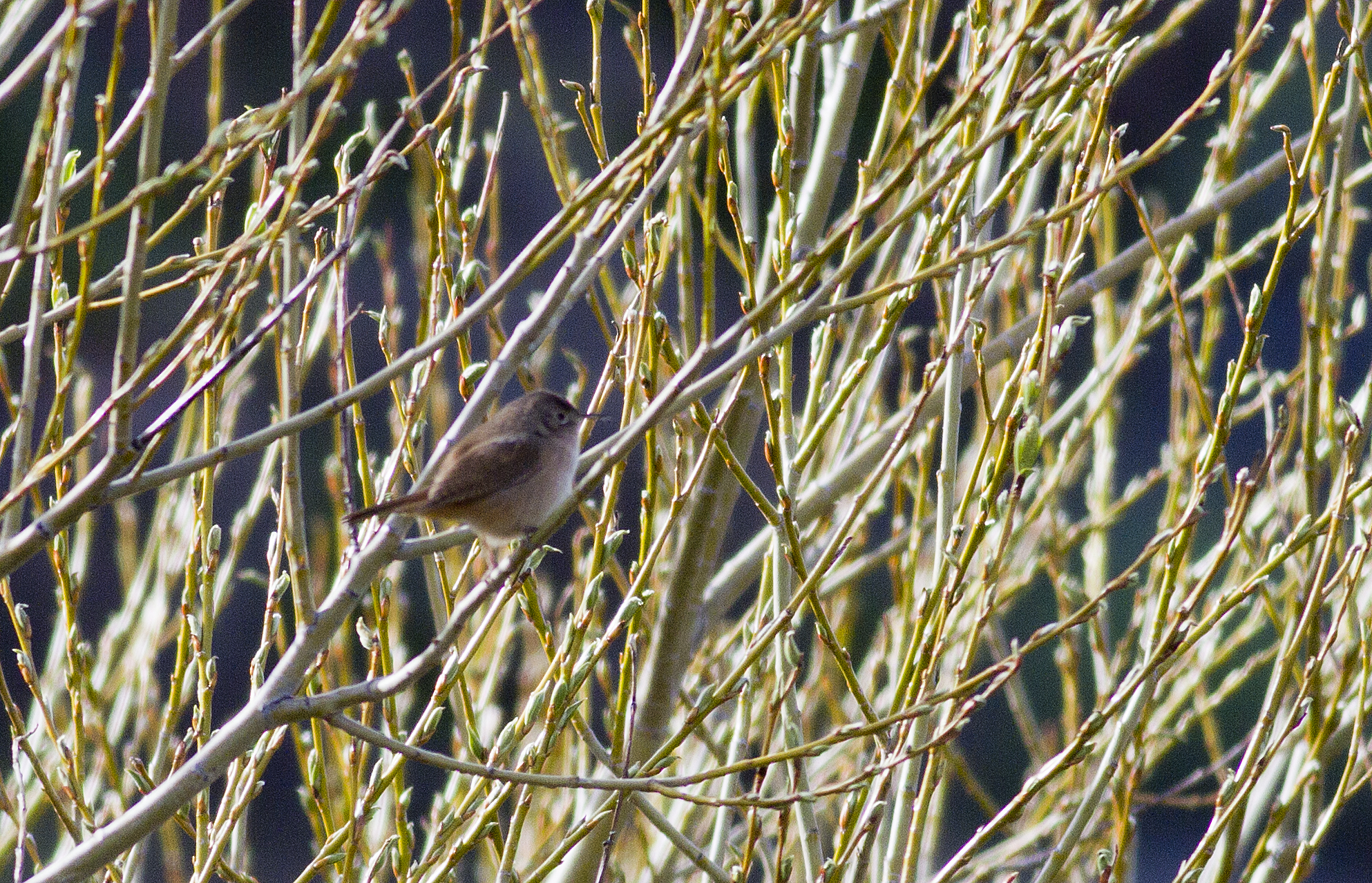
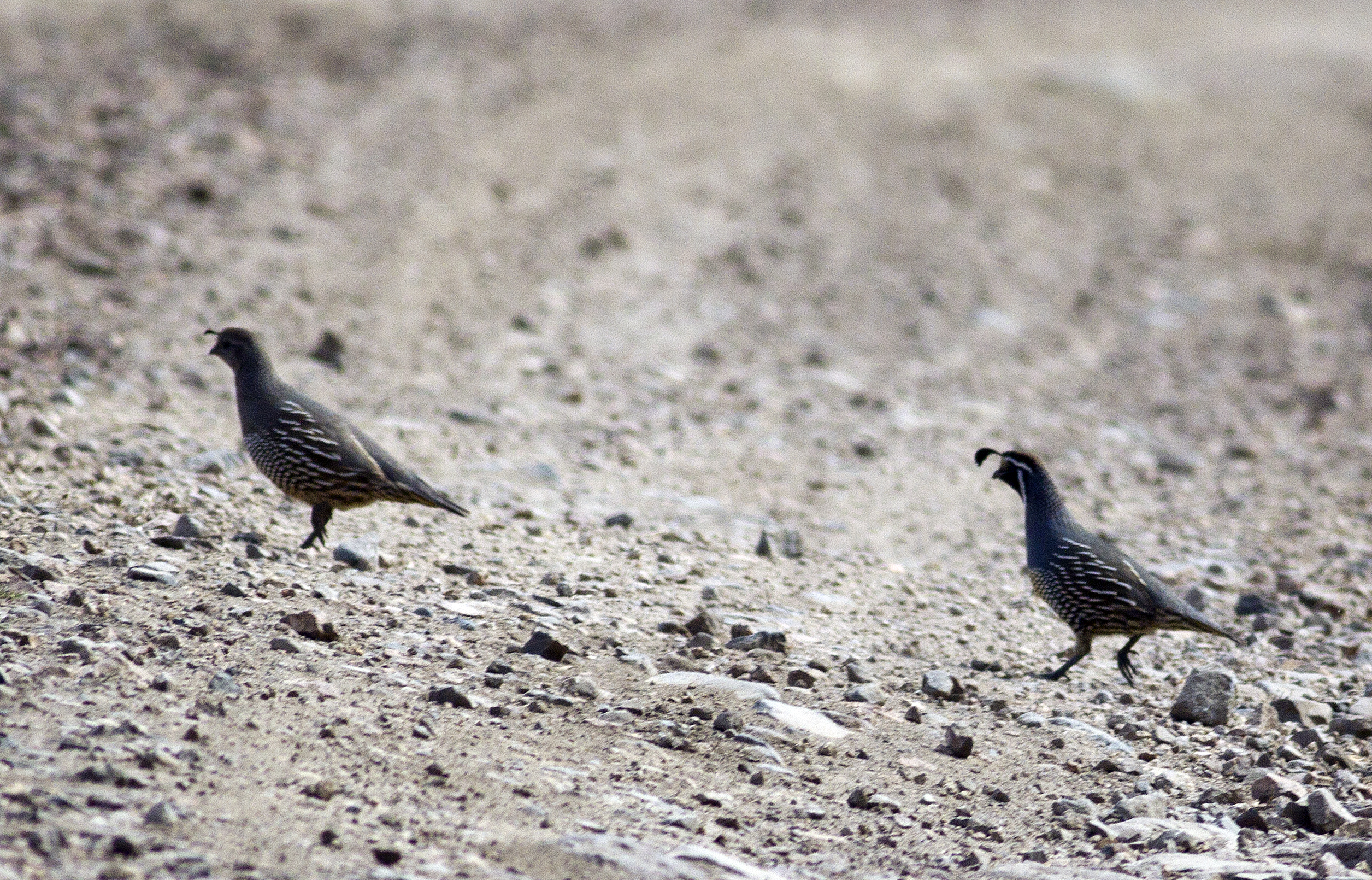
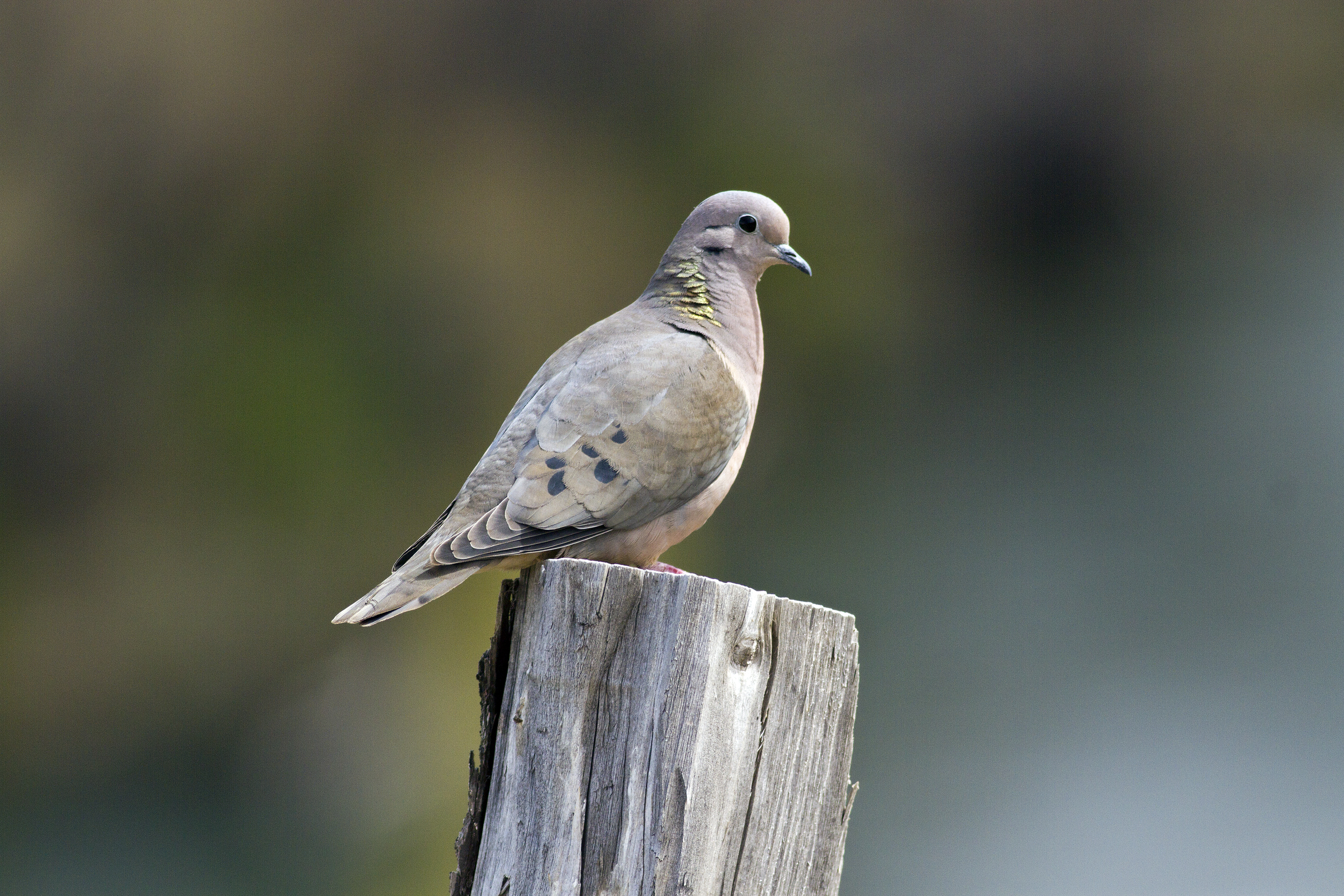
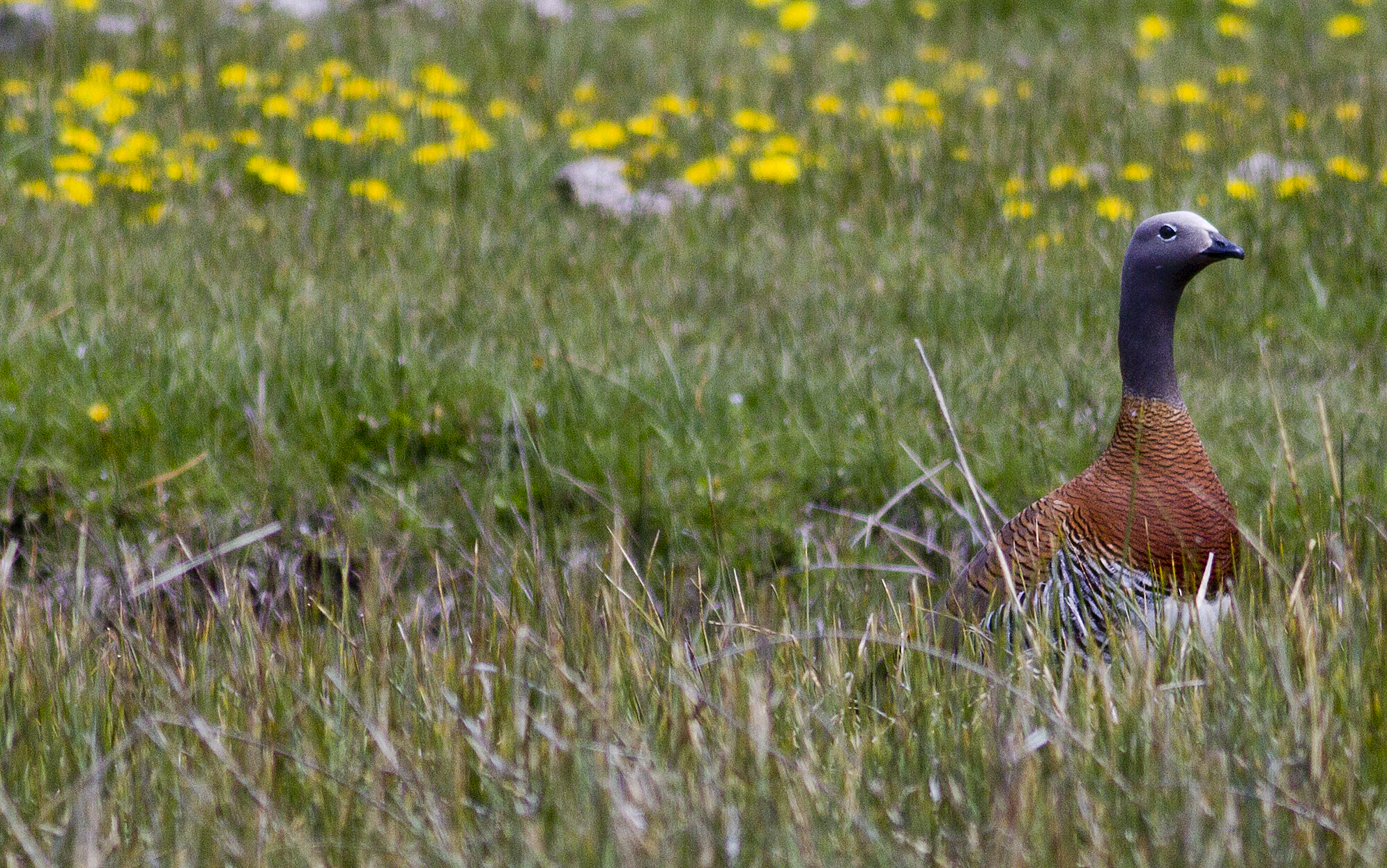
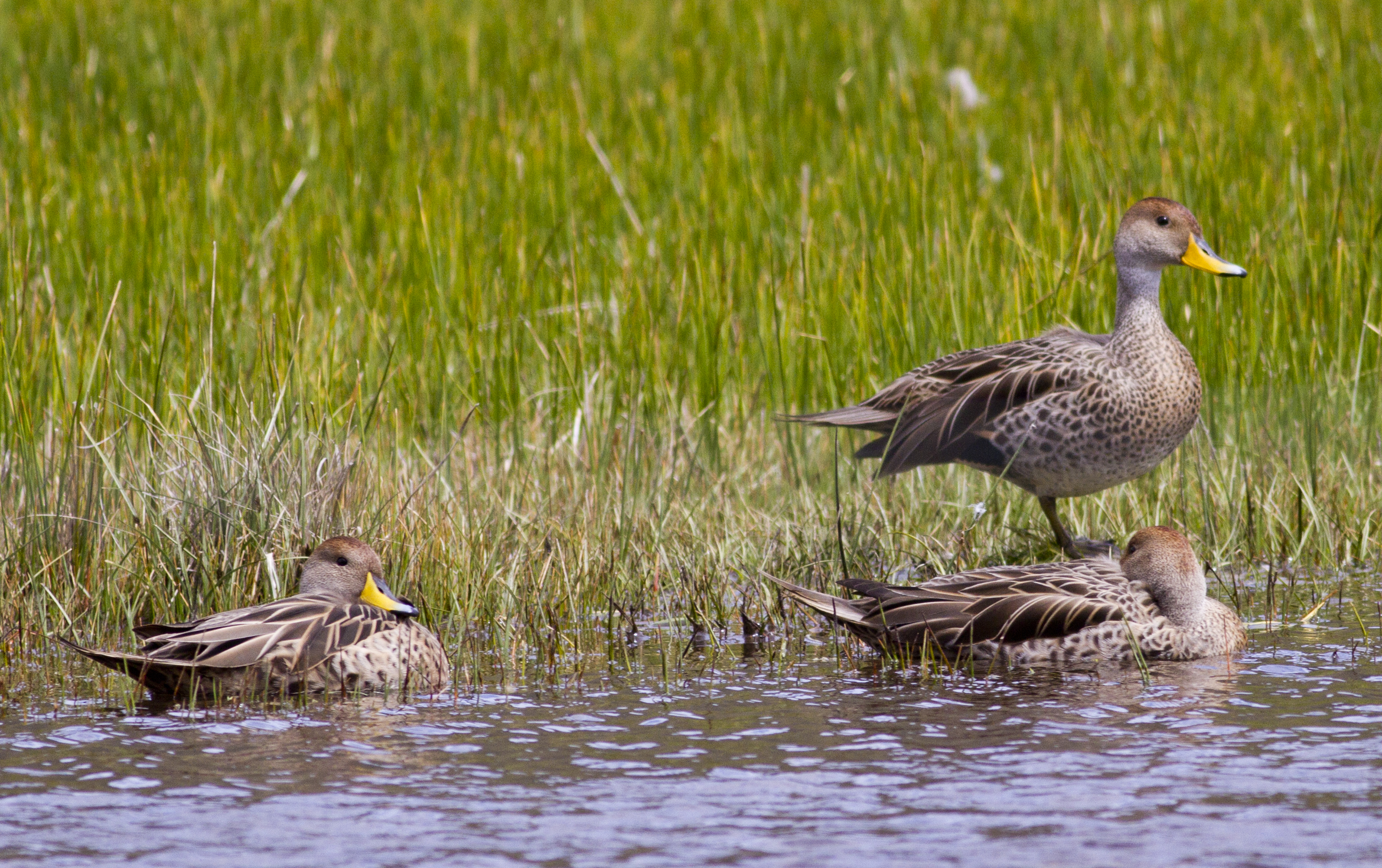
What a fantastic birding day!!! Not very rare species but quality of sighting was superb – those moments with the condors, meeting Marta Bachman the GuardaFauna talking about Torrent Duck, Peregrine Falcon nesting A great day to remember